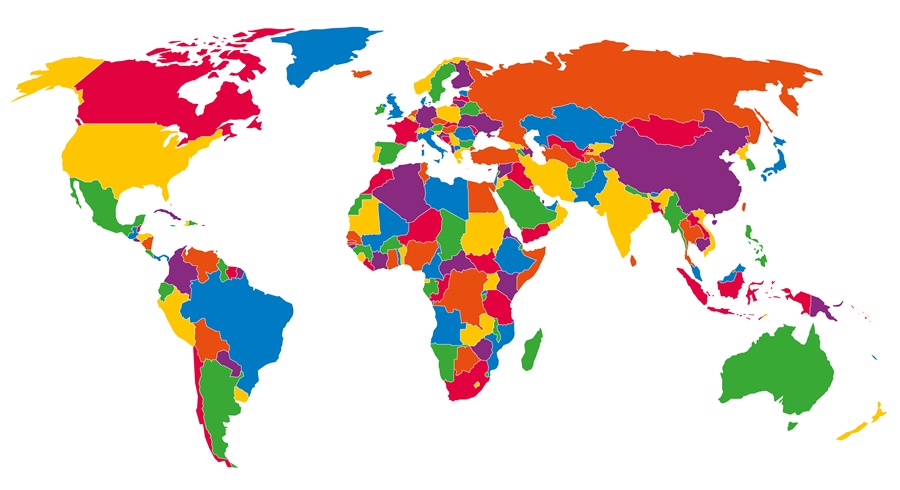
After you file your trademark application with the United States Patent and Trademark Office (USPTO), you may receive a trademark office action requesting that you provide a disclaimer of a particular element of your trademark. Usually, the requested disclaimer is for words or phrases that comprise a portion of your trademark, but the request could also be to disclaim a design or portion of a design. The good news is that dealing with a such a request is generally quite straightforward and non-controversial.




